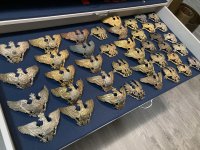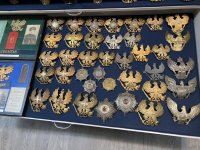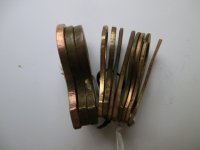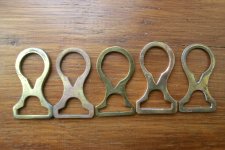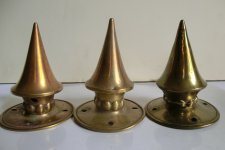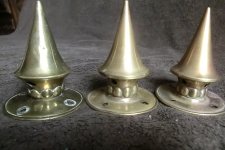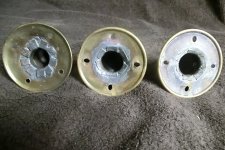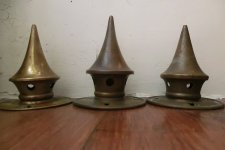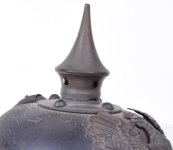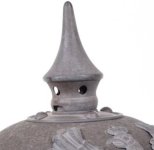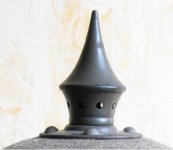Sandmann
Well-known member
Hello Lars,Hi Sandy,
I would expect a certain allowable size margin, the same way that margins in weight are indicated.
Can you share where you found the size specifications for the Wappen?
Interestingly enough, the Bekleidungsordnung 1903 describes the whole helmet including sizes, but not the size of the Wappen?
Regards,
Lars
unfortunately I have no size information for the helmet eagles of the enlisted men, as I haven't seen the mentioned appendix in the clothing regulations for enlisted men anywhere. But according to my measurements, the sizes of enlisted men's and officers' helmet eagles are pretty much the same. It was this lack of information that was the reason I started my measurements in the first place.

